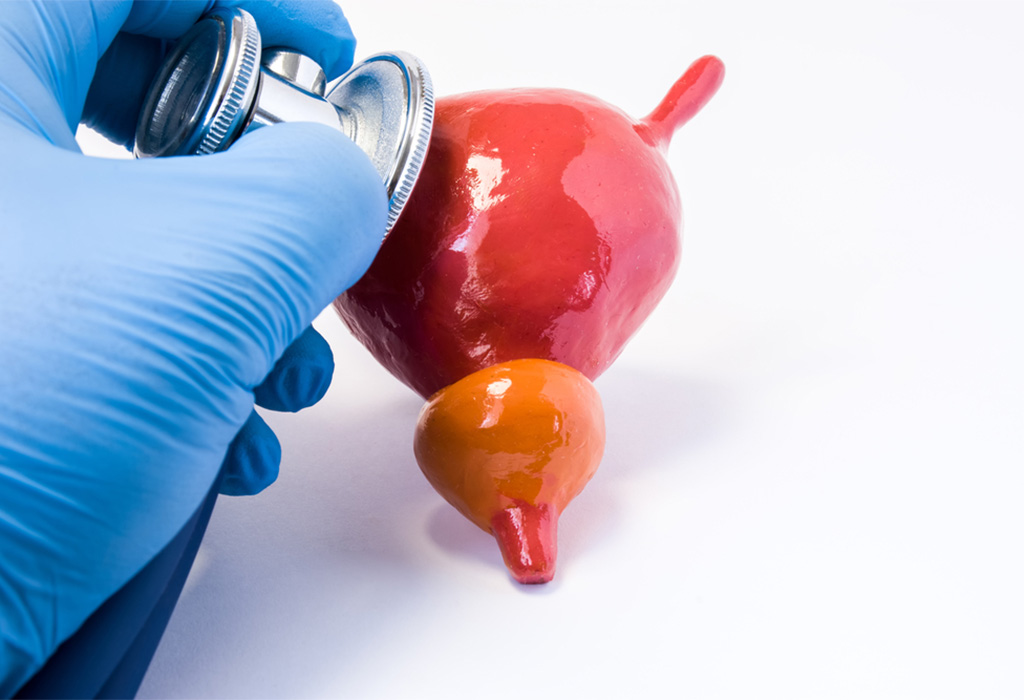WHAT IS AN OVERACTIVE BLADDER?
Overactive bladder (OAB) is a condition which is characterized by urinary urgency and may lead to involuntary loss of urine. Although more commonly seen in women and the elderly, men and younger people can have overactive bladder as well.
SYMPTOMS OF OVERACTIVE BLADDER
Symptoms of overactive bladder include a sudden compelling desire to pass urine that is difficult to defer (urgency), the involuntary loss of urine (urgency incontinence), frequency in urination (more than 8 times in a day) and nocturia (waking up 2 or more times in the night to urinate). Symptoms result in a significant disruption to daily work and life.
DIAGNOSING OVERACTIVE BLADDER
The diagnosis of overactive bladder is made after excluding other similar conditions. Urine sample may be sent for testing to exclude infection, traces of blood in urine or other abnormalities. The doctor may perform a post-void residual measurement using an ultrasound to check if there is leftover urine in your bladder after you urinate. A uroflow test to measure urine flow rate may also be required.
TREATMENTS FOR OVERACTIVE BLADDER
Treatments for overactive bladder include Medications to relax the bladder and Minimally Invasive Interventional Therapies such as injection of bladder relaxing medication and electrical nerve stimulation. Nerve stimulation is very similar to acupuncture and consists of 2 types: Percutaneous Tibial Nerve Stimulation (PTNS) and Sacral Nerve Stimulation (SNS). As a last resort, Surgery can be done to increase the bladder capacity. This involves using pieces of the bowel to replace a portion of your bladder. However, this surgery is only recommended in cases of severe urge incontinence that has failed to respond to other conservative treatments.





